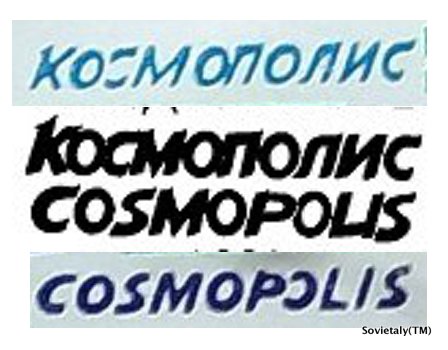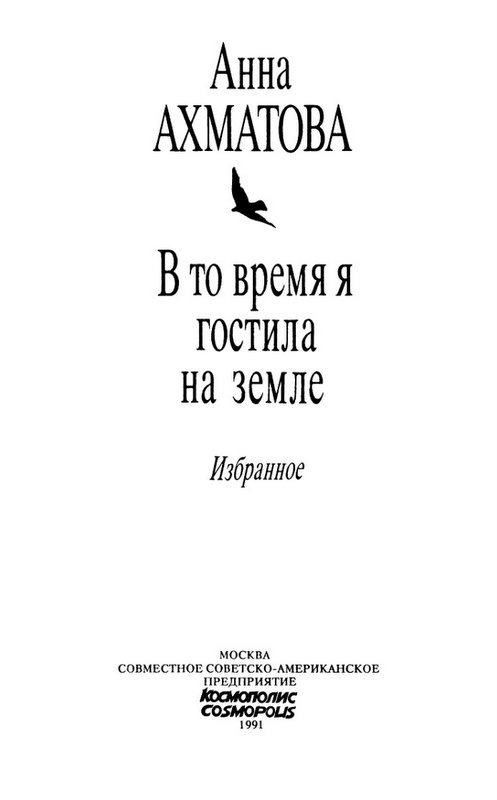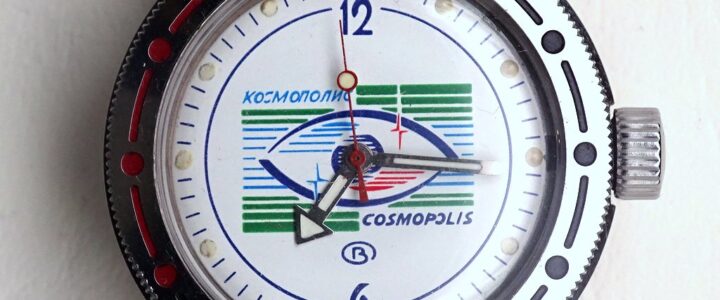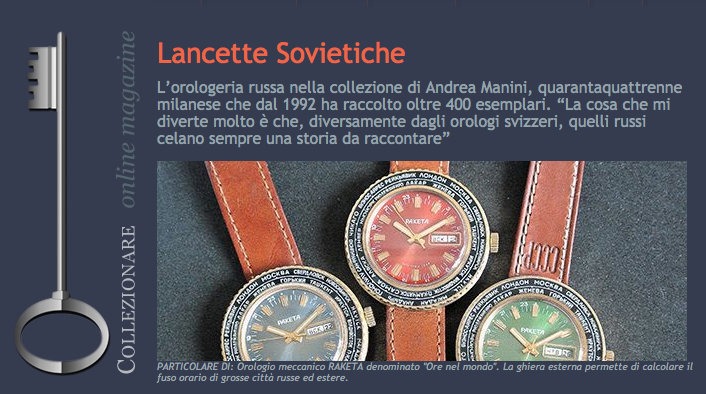A New Theory for the Amphibia Vostok Cosmopolis
The Vostok Cosmopolis is one of the most sought-after and mysterious watches from the Soviet Vostok brand. Often linked to the Baikonur Cosmodrome, this watch has captivated collectors and enthusiasts with its unique design and potential connections to space and philosophy. Here, we explore the various theories surrounding this model and present a new hypothesis that could finally explain the significance of the Vostok Cosmopolis.
Characteristics of the Vostok Cosmopolis
The Vostok Cosmopolis is an Amphibia model with a round case, featuring the classic Amphibia hands: the hour hand shaped like an arrow, the linear minute hand, and the red second hand with a luminous dot. The bidirectional rotating bezel has the typical luminescent dot. The dial showcases a large eye, coloured blue and red, set against a green striped rectangle. Above and below the rectangle, the inscriptions “КОСМОПОЛИС” and “COSMOPOLIS” in Cyrillic and Latin, respectively, give the watch its distinctive name.
Current Theories
1. The Baikonur Cosmodrome
The simplest theory links the Vostok Cosmopolis to the Baikonur Cosmodrome in Kazakhstan. According to this hypothesis, the eye symbolises a look towards the future and space exploration. However, this theory remains weak as, during the Soviet era, references to space ventures would have been more explicit.
2. Space Cities
Another theory discussed on the Watchuseek forum in 2006 suggests that the watch represents a space city. This idea also ties back to the Baikonur Cosmodrome but lacks substantial evidence.
3. Cosmism
On the Italian forum Orologiko, a user proposed the theory of “Cosmism,” a Russian philosophical movement viewing matter as dynamic and living. According to this view, the eye on the dial represents the concept of a living cosmos, supported by historical figures like Konstantin Tsiolkovsky, the father of Russian astronautics.
4. Hylozoism
Another hypothesis on the Orologiko forum links the cosmic eye to hylozoism, a philosophical doctrine considering matter to have life. The eye could represent God, with the cosmos as its living manifestation.
The New Theory: Cosmopolis Publishing House
A new hypothesis has emerged through recent research. A user on VK, “Boshdan Boshomolov,” suggested that the logo on the dial might belong to the “Cosmopolis” publishing house, active around 1990-1991. This Soviet-American joint venture, based in Moscow, published several books, including “Commercial Banks” by E. Reed and others.

Research Details
The “Cosmopolis” publishing house was known for publishing science fiction and other literary works with futuristic and philosophical themes. The publisher’s logo, resembling the eye on the watch’s dial, suggests a visual connection between the watch and the publishing house.

Conclusions
While absolute certainty is elusive, the theory that the Vostok Cosmopolis is a commemorative watch for the Cosmopolis publishing house is the most plausible. The dial design, featuring the eye and the Cyrillic and Latin inscriptions, reflects the Soviet-American nature of the publisher. The presence of the “Made in USSR” inscription and the early 1990s dating further support this hypothesis.
For more details, you can visit the following links:
- OROLOGIKO Forum
- Watchuseek Forum
- Fantlab
- Soyuz.ru
The Vostok Cosmopolis remains one of the most enigmatic and fascinating watches in the Soviet Vostok production, a piece of history embodying the mystery and innovation of its time.






